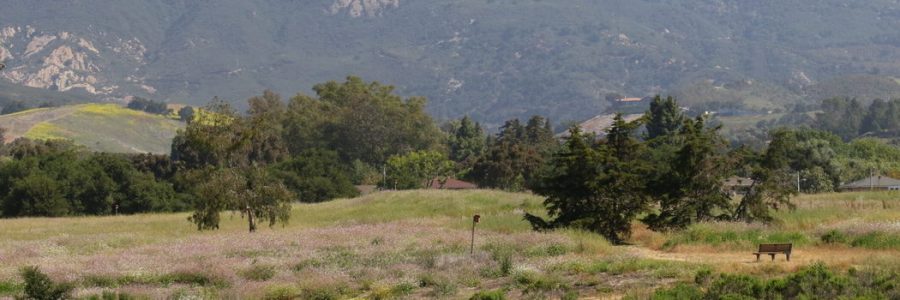
As compilers, we plan for months to anticipate every possibility on count day: bad weather, lack of rain, too many people, not enough leaders, too many stake out birds, communication problems, problems accessing private property…anything that might throw a wrench into a great count day. But this year, in the weeks leading up to the big day, our biggest challenge was: where are the birds?Scouting turned up very little. Birding was slow in all parts of the count circle, and there was no sign at all of a montane invasion. Last year’s numerous Red-breasted Nuthatches and Pine Siskin were but a dim memory.
And then a local birder noticed a tree in a downtown parking lot was full of birds—of Townsend’s Warblers to be exact. Dozens of them, and Yellow-rumped Warblers and Ruby-crowned Kinglets too. So we started checking around parking lots and discovered these Tipuana tipu trees crawling with birds feeding on a tiny insect called Tipu Psyllid (Platycorypha nigrivirga) that’s been infesting them recently. We also discovered other birds in these trees: Golden-crowned Kinglets, Hermit Thrush, Black-and-white Warblers and Tennessee Warblers and sapsuckers.
The tipu effect, as we began calling it, re-energized our scouting and birders all over the county began poking around places normally not birded during count day. City parks, parking lots and residential streets all became birding destinations, and several rarities turned up as a result. Still, birding the normal riparian, coastal, chaparral, foothill and mountain habitats was slow. What would Saturday bring?
On count day, our band of over 250 participants awoke to cooler temperatures and a thin layer of cloud cover before fanning out to explore the 15-mile diameter circle, concentrating on the annual census (yes, counting every bird observed, not just the species) in all areas, and seeking stakeout rarities that popped up in the scouting days prior to the count. Tufted Duck (making its first appearance on our CBC), American White Pelican, Vermilion Flycatcher, Tropical Kingbird, Plumbeous Vireo, Tennessee, Lucy’s and Grace’s Warblers, Claycolored, Grasshopper and Harris’s Sparrows, a single Black-headed Grosbeak and Costa’s Hummingbird at private feeders—all stakeouts captured by birders on count day.
And the evening’s countdown brought with it those count day surprises, species not expected or staked out but seen during the day: from the boat another first CBC record, Pink-footed Shearwater, plus Black Scoter, Scripps’s Murrelet and Red-necked Phalarope; Golden Eagle, Mountain Quail, Warbling Vireo, Varied Thrush and threeBurrowing Owls.
In the end—and it’s not yet over but the count is settling into firm numbers—our CBC tallied 222 species, 2 fewer than our highest count ever, topping the list for California CBCs and ranking 2ndin the nation. What began as a slow and somewhat dull season has become a near record-breaker. However, the CBC is not allabout the species total. At press time, we are still tallying the individual birds and looking at trends and areas of concern that bubble up as we compile. Stay tuned to El Tecolotefor an update on these findings. You can find all the bird totals on the Santa Barbara CBC website, casbcbc.org, by clicking on Latest Count Results.
Our thanks go out to all of you who made it possible, and especially to Santa Barbara Audubon, the area coordinators and compilation committee, boat owners Mark and Susie Johnson, the City of Santa Barbara for the handy list of tipu trees and the Museum of Natural History for once again supporting this community effort.
Photos of Birders by Liz Muraoka

